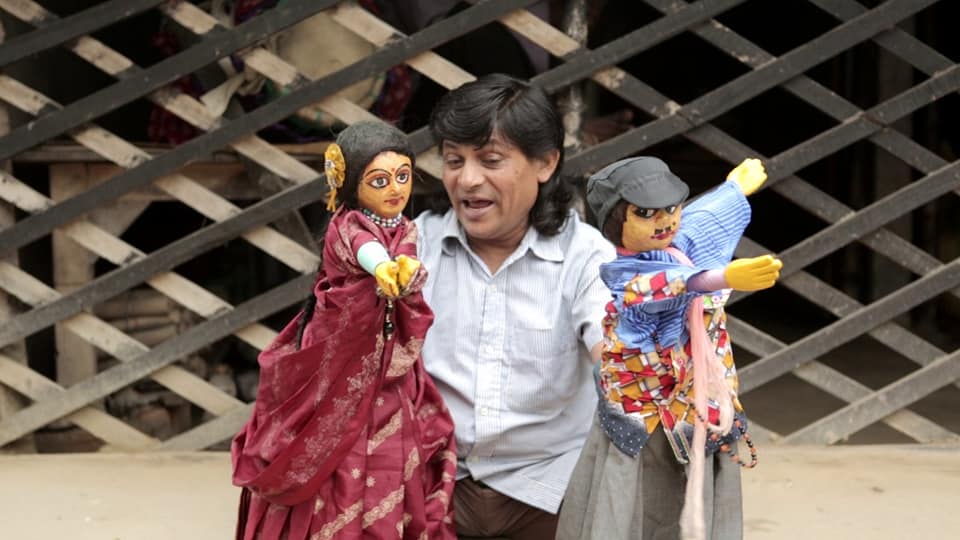Recent Posts
- Chekka Bommalata - the exquisite art form and its dwindling culture
- Phad in the times of Corona - In conversation with a Phad artist
- Folk and Pop Culture
- Bridging Tradition and Modernity | Karmic justice in The Man-Eater of Malgudi: A throwback to the Jataka and Panchatantra tales
- The Exquisite Travelling Temples of Rajasthan - Phad
- Bauls – the bards of Bengal
- Bridging Tradition and Modernity | Mohini-Bhasmasur in Malgudi
- Harikatha: One Tradition, Many Stories
-

Putul Naach
Isha Bhattacharya
The glittering lights of the fair, the vibrant garments of the puppets, and the entrancing voice of the puppeteer guiding us along through a surreal journey, will always remain our most cherished encounter with the art of storytelling. Similar to us, this form of story-telling also shares an equally exquisite relationship with Indian culture and history. Puppetry is widely recognised as the most ancient style of folk art as well as traditional entertainment and, West Bengal, its brimming cultural hub. The Folk puppetry in West Bengal is called Putul Naach, which directly translates to Puppet Dance. The state is host to three different forms of puppetry; Glove Puppet or Beni Putul; Rod Puppet or Dang Putul; and String Puppet or Taar/Shutor Putul. The overall themes of the puppet shows are mostly mythical tales, legends. However, lately, the themes have evolved into that of popular tales of Radha-Krishna and romantic parables. The artisans and puppeteers of this folk art are usually impoverished farmers and labourers who travel with their Pitaras, filled with their puppets, props and garments to fairs and festivals throughout the state. They also create the puppets from scratch, with sustainable mediums such as paper-mache, wood, wool etc. However, since the advent of modern technology and entertainment, these artisans have been struggling to keep this art of folk-storytelling alive
